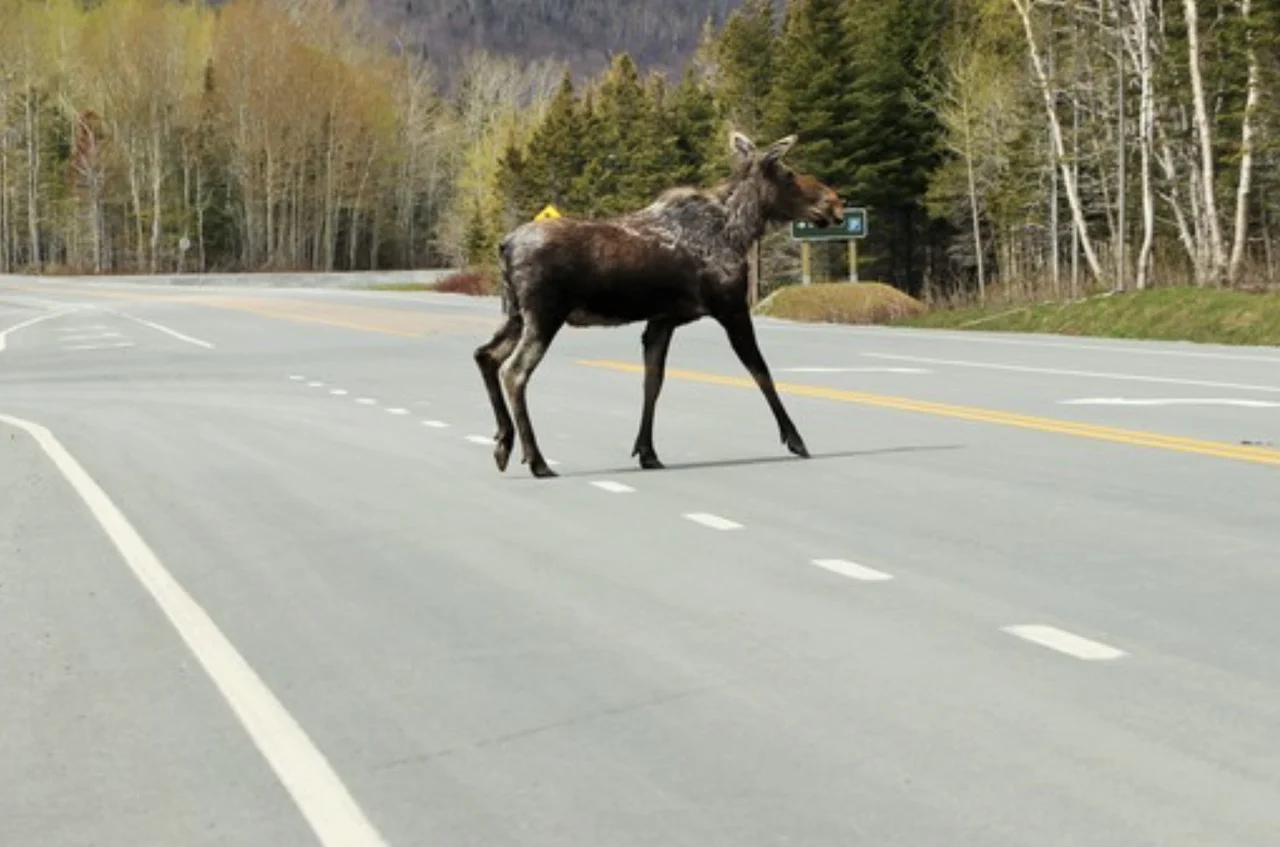
Wildlife collisions can increase in the fall, here's how to avoid them
With the majority of wildlife collisions occurring at dusk and a dawn that progressively gets earlier, fall can be a dangerous time for driving.
Fall is a transitional season and that means many wildlife are more publicly visible as they attempt to find partners.
With most wildlife collisions occurring at dusk and a dawn that keeps getting earlier, fall can be a dangerous time for driving. For example, you may encounter more deer on the roads during this time as they become more mobile in an attempt to find mates.
SEE ALSO: Drive safe: Tips to avoid wildlife collisions
Allison Dean is a volunteer with Watch for Wildlife -- a program to raise greater awareness about vehicle collisions with wildlife. In a recent interview with The Weather Network, she said the No. 1 avoidance factor is speed.
"Going over the speed limit at all can really reduce the time you have to realize that there's an animal on the road and be able to break," said Dean.
The slower speed at which you travel, the more likely you will be able to safely react and avoid the collision. As to whether or not you should swerve if the animal is too close, Dean has this to say.
"The general consensus is that even if it's a deer, you're still not supposed to swerve. You're not supposed to serve unless you see a moose."
Watch the video above to get more tips on road safety to avoid collisions with wildlife this fall.
--
Thumbnail courtesy of Line Dupuis.










